culture, dango, japanese food
Dango: More Than Just a Classic Delicacy!
Karina Ikedo
Posted on June 14, 2023
Share:
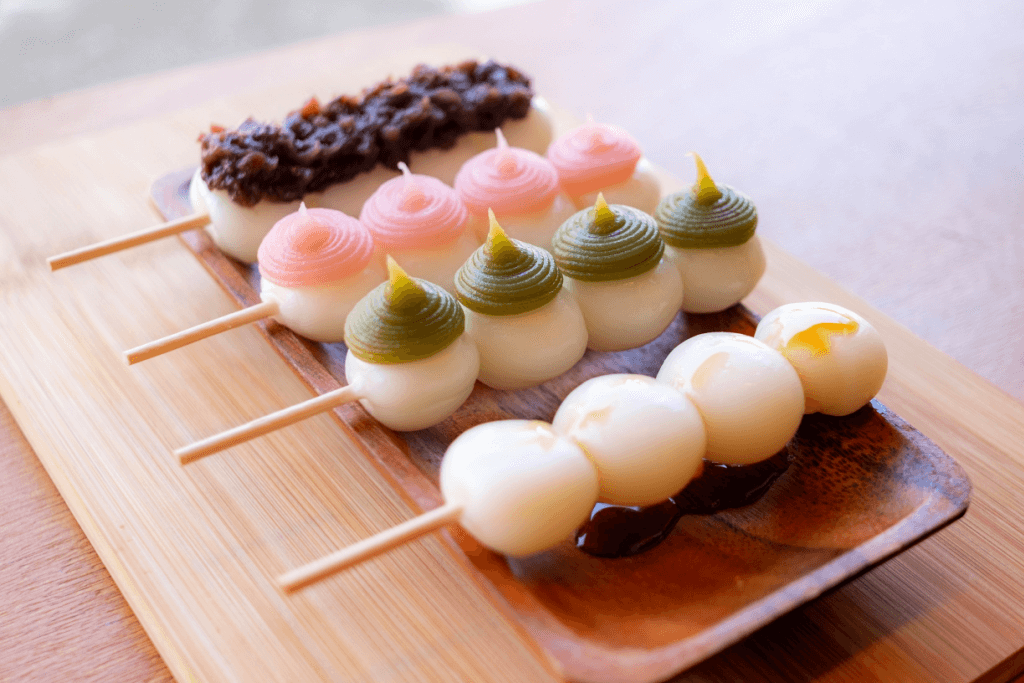
Dango is a small, ball-shaped sweet treat, often skewered with a bamboo stick. They are sweet Japanese rice dumplings that have a chewy texture. Mochi dango is among the most popular wagashi (traditional Japanese sweet treats).
So it’s unsurprising that dango has evolved over the years and taken many forms. From traditional dango desserts to a bun hairstyle and even in an art form. Here’s everything you need to know about dango and its many varieties!
What is Dango?
People commonly make dango, a traditional Japanese dessert, by kneading mochiko (glutinous rice flour), water, and sugar into small balls. They then boil or steam the balls before cooling them in water. Finally, they serve the dumplings on a skewer, creating a convenient snack for on-the-go enjoyment. Dango usually comes in sets of three to five.
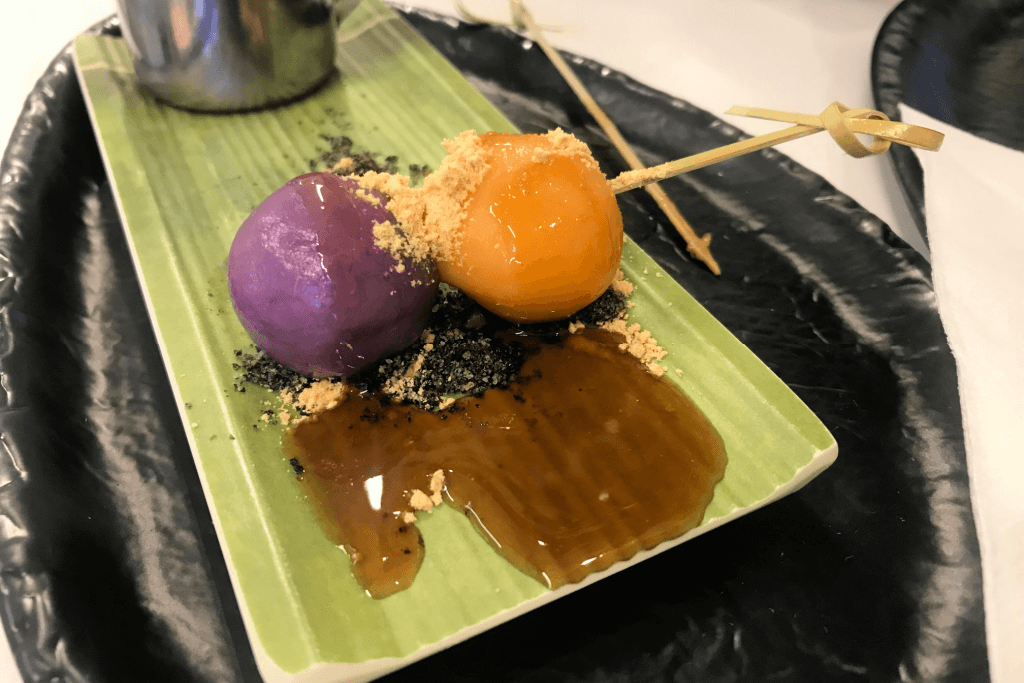
Classic dango is typically white, but people often flavor it with other ingredients like fruits, herbs, and eggs, which changes its color. Pink, green, yellow, and orange are the most common colors besides white. Serving it with a sauce is also common among some varieties.
The most traditional ones feature a coating of roasted soybean flour and a seasoning of soy sauce and red bean paste. But there are so many varieties, and the combinations are endless. They taste best with green tea, which makes this subtle dessert ideal as a snack or breakfast.
Dango in Food
The types of dango can vary depending on the ingredients used to make them. The combinations give rise to all varieties. Some of these varieties became iconic and now hold no less regard than the classic dango.
Kibi
This one-of-a-kind dango is a reminder of the humble origins of the dango. They consist of sticky dough that combines rice and millet flour. It has gained fame thanks to its association with the folk hero, Momotaro. Based on Japanese folktales, Momotaro offers it to three talking animals in exchange for their aid in fighting demons.
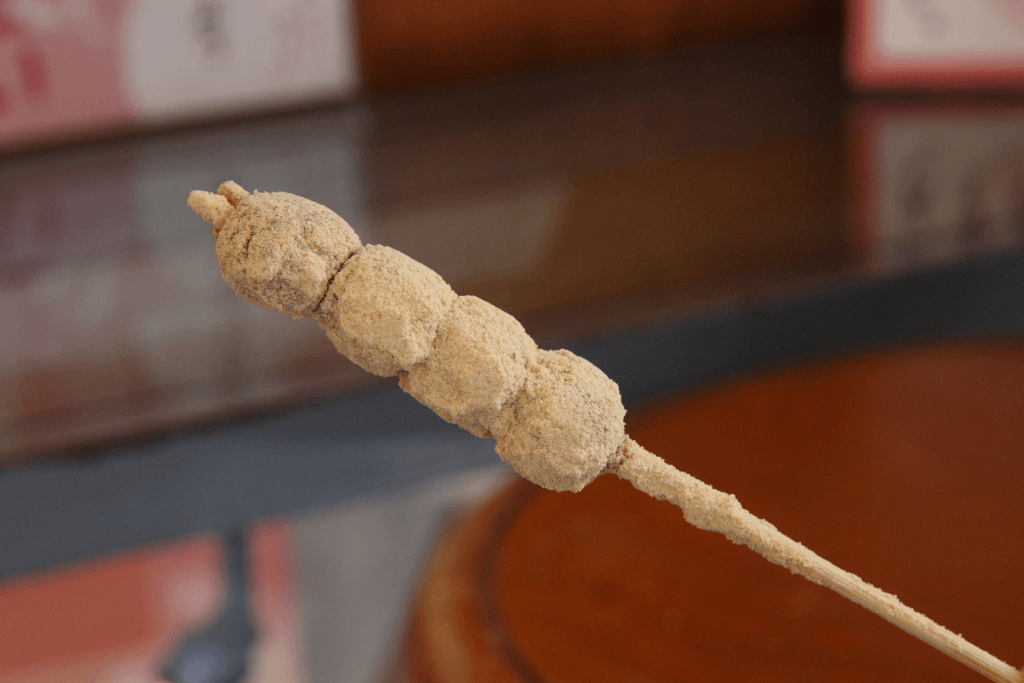
Ikinari
Originating in the Kumamoto Prefecture, the ikinari dango stands apart because it is a steamed bun on a plate. These delightful treats are versatile and suitable for various occasions, adding a unique twist to the experience.
Ikinari dango features slices of yellow sweet potato wrapped in flour dough, with a layer of red bean paste inside. In Japanese cuisine, ikinari is a chewy delicacy that people eat warmly. Its delightful texture and comforting warmth make it a popular choice among dessert lovers.
Goma Dango
Goma dango are dumplings with a black sesame seed coating and anko filling (red bean paste). Interestingly, they are usually deep-fried, creating a crisp, crunchy outer layer. They are first fried at low temperatures, then at high temperatures near the end of frying.

When freshly prepared, the sweet bean paste is piping hot inside, so be careful not to burn your tongue. People usually enjoy sweet and salty goma dango in August as a summer delicacy at street fairs or restaurants.
Niku Dango
Niku dango are tasty pork meatballs in a light sweet and sour sauce and are a great addition to any meal! The meatballs are deep-fried and have a delicious, tangy coating. This is another Chinese dish that became a significant part of Japanese cuisine. It’s available at Chinese restaurants in Japan, but many people make the dish at home as a dinner entree instead.
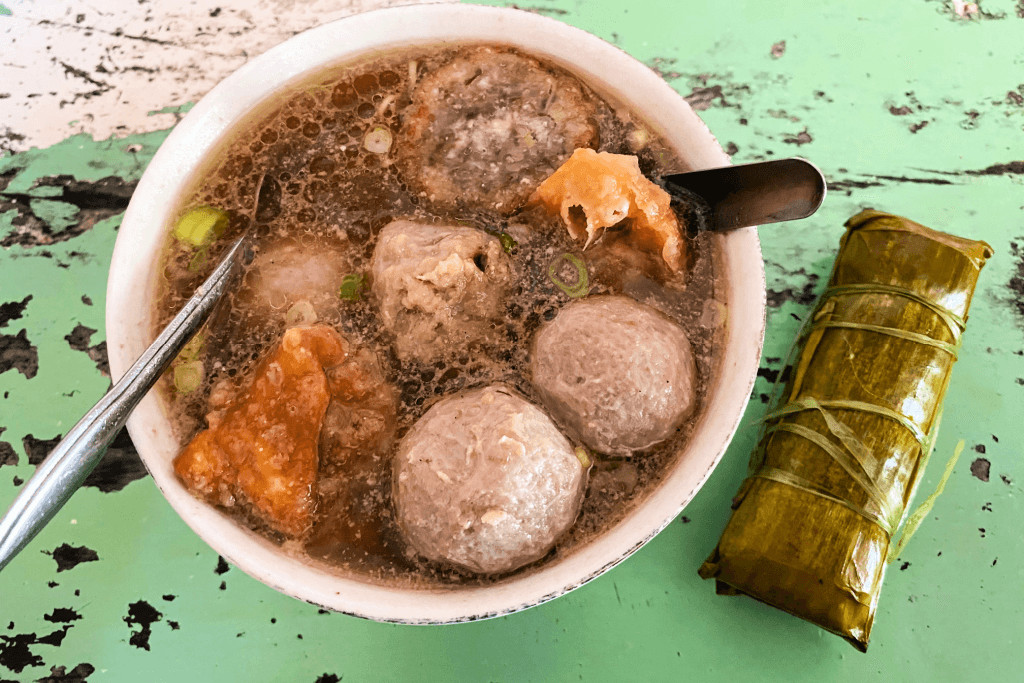
Looking to try traditional Japanese sweets without leaving your home? Check out Sakuraco! Sakuraco delivers traditional Japanese snacks, teas, and sweets from local Japanese makers directly to your door.
Dango as a Hairstyle
Odango is a hairstyle with double buns or pigtails at 45-degree angles, usually worn by women. They reference the only Japanese dumpling, commonly referred to with an honorific “o” as odango. The styling of hair into two buns on each side of the head gives a Mickey Mouse type of look. A single bun will also do.
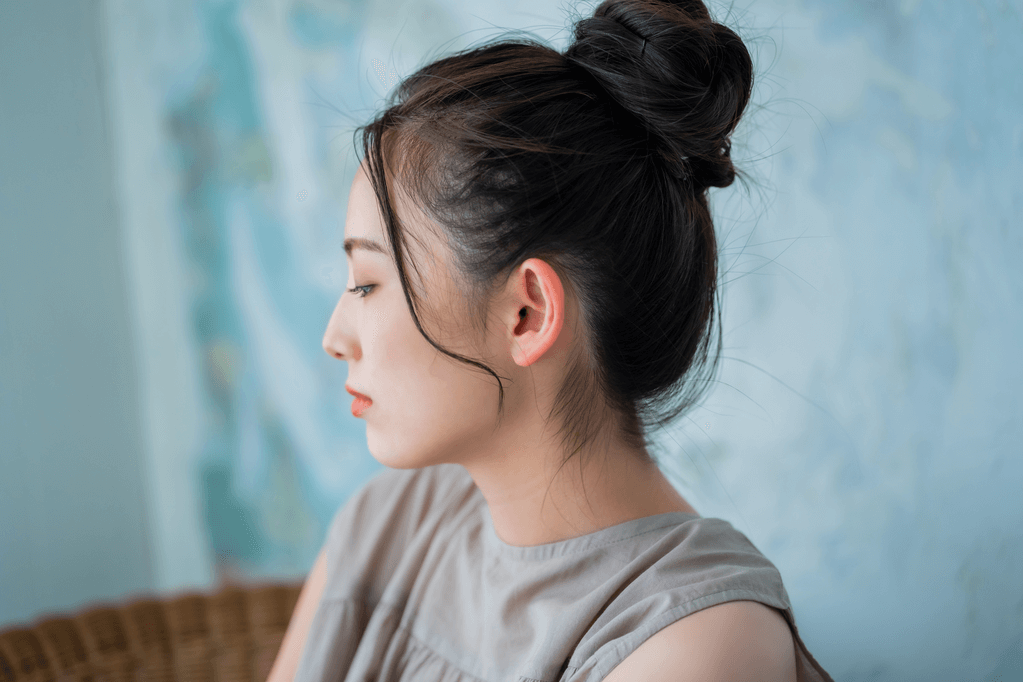
To do an odango hairstyle, the hair is brushed and then neatly parted in the center. The buns themselves are often given cloth covers tied with ribbons. This style can be wildly exaggerated in the cosplay world. The odango hairstyle is related to a spider’s web of subcultures.
One can brush the hair on each side and secure it with rubber bands to create high pigtails. Then, twist each pigtail counterclockwise several times, pulling it towards the center of the head. Insert each end through the twist coil and pull it to create a hair knot.
Doradango
Dorodango are little balls of clay shaped on the ground until they become glass-like orbs. To make them smooth, they are polished with wet fingers. The word dorodango comes from the Japanese words doro (dirt) and dango (mochi ball). It is a Japanese art form that has been around for many years but has only recently been appreciated.
This is a craft that is popular among children in Japan. But it’s only for kids. Adults also participate in this activity as a hobby or artistic form. It is incredible to see the work and patience that masters have put into the art form.
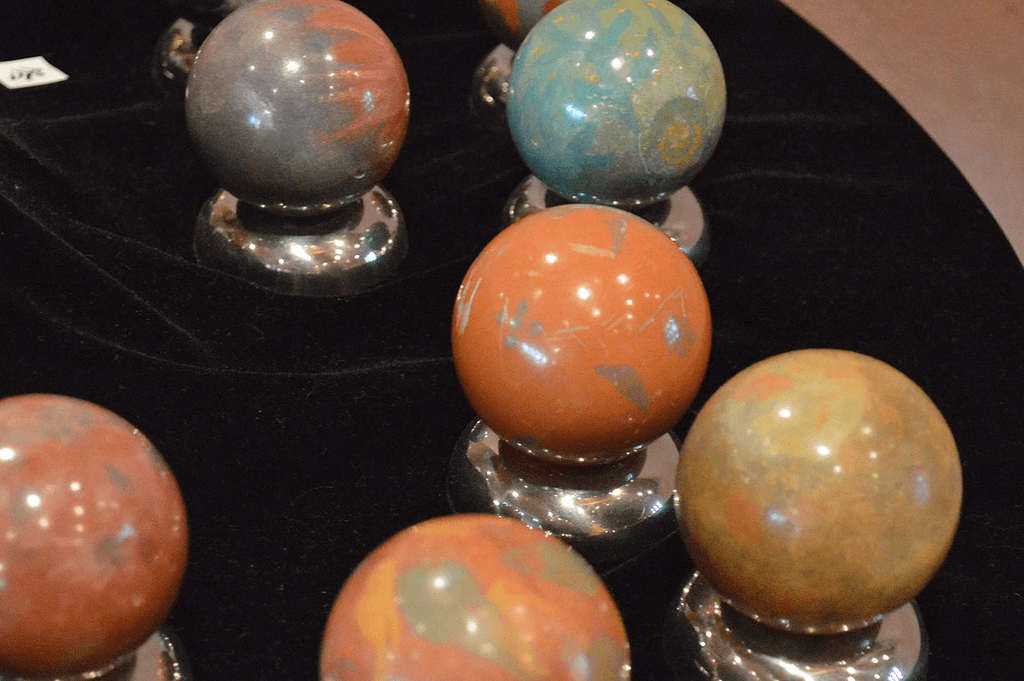
To make a scented dorodango, add a few drops of essential oil to the mud before shaping it into balls. You can also add other materials to the mud, such as leaves, sticks, or stones. It gives your dorodango a unique texture and appearance. Seeing something transition from a simple material to a work of art is satisfying! People who see a finished dorodango can hardly believe that it is entirely made of mud.
Though most people consider dango a classic Japanese snack, it is much more. Its simple round shape inspires many aspects of the Japanese aesthetic. From elegant hairstyles such as the bun to rustic sculptures such as the dorodango, the dango is the foundation of cuisine, fashion, and especially art. What do you think about dango’s influence on Japanese culture? Which one do you think is the most significant? Let us know in the comments below!

Discover authentic flavors with Sakuraco
Get Sakuraco 

Discover authentic flavors with Sakuraco
Get Sakuraco 
Related Articles
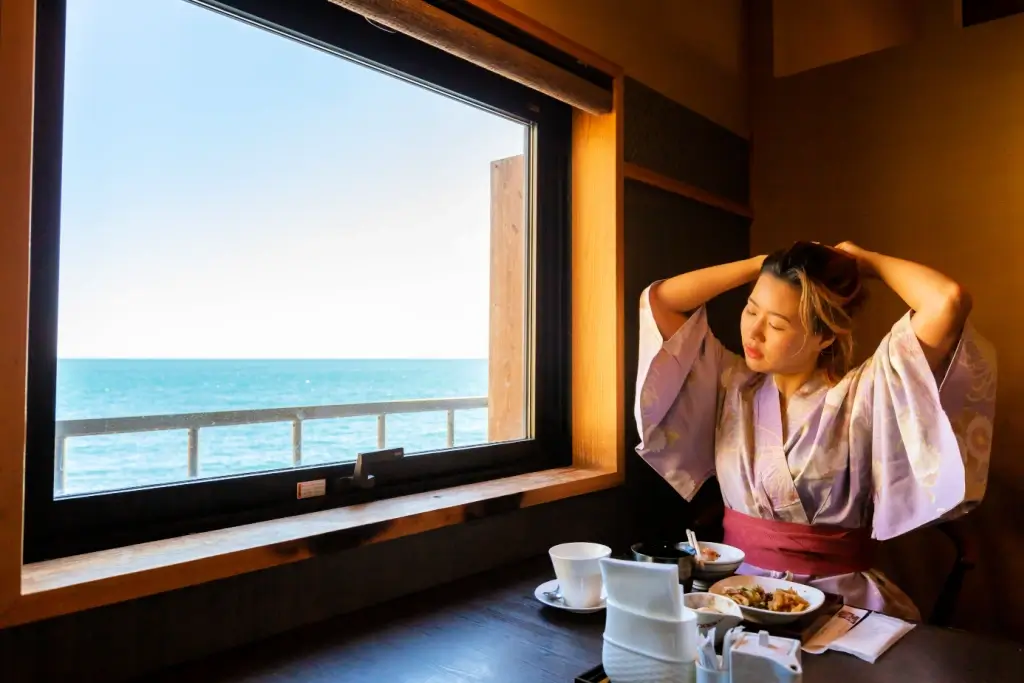
Hotels in Japan: Best Ones to Visit!
Japan is packed with hotels that promise unforgettable experiences, blending world-class service, jaw-dropping views, rich history, and a dash of the country’s unique traditional flair!
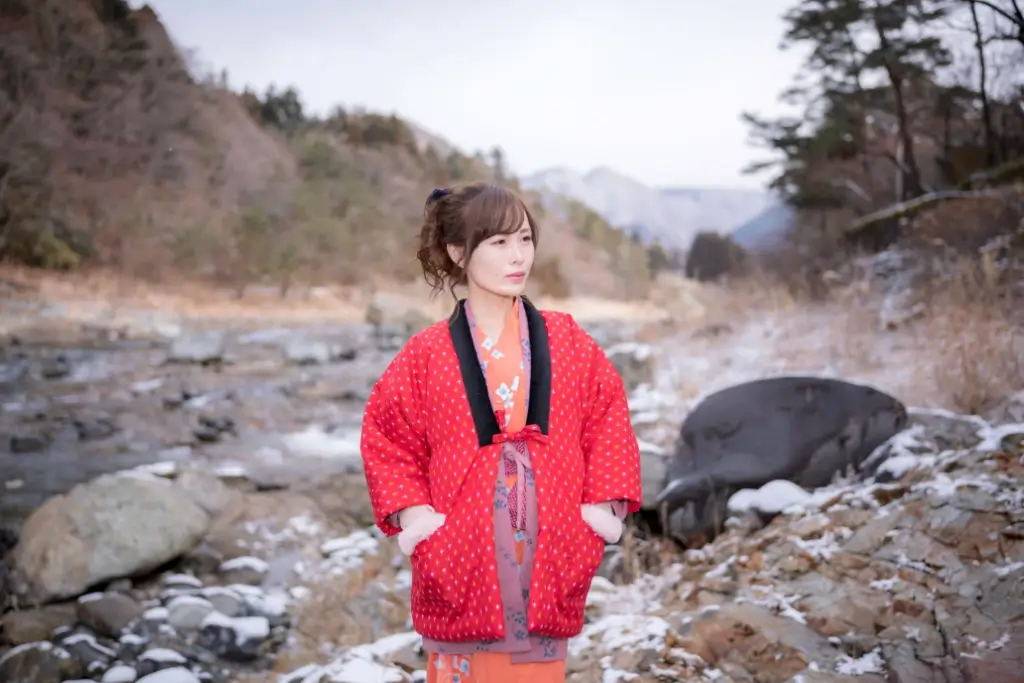
Hanten: The Ultimate Winter Coat from Japan!
Hanten, offer practicality and are symbols of traditional Japanese fashion, alongside the famous kimono. Join us as we explore hanten and some other beloved Japanese winter jackets!

What is a Japanese Wedding Like? A Look Into Shinto Rituals
A Japanese wedding is a beautiful example of how the country combines ancient rituals with modern influences. A traditional ceremony often revolves around Shinto practices, symbolizing purity, harmony, and good fortune. But, over time, couples in this country have also embraced Western weddings.

Japanese Calendar: What Are Microseasons?
The Japanese calendar includes many beautiful events, some popular globally and others less known. Kō (microseasons) were once celebrated but replaced by Western seasons



